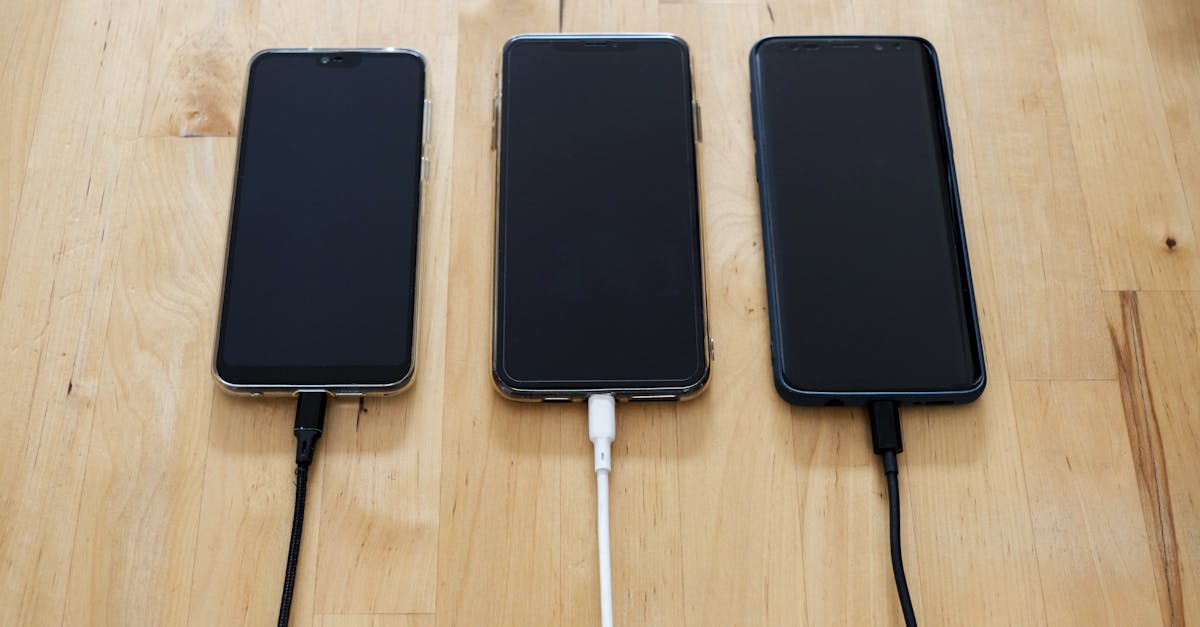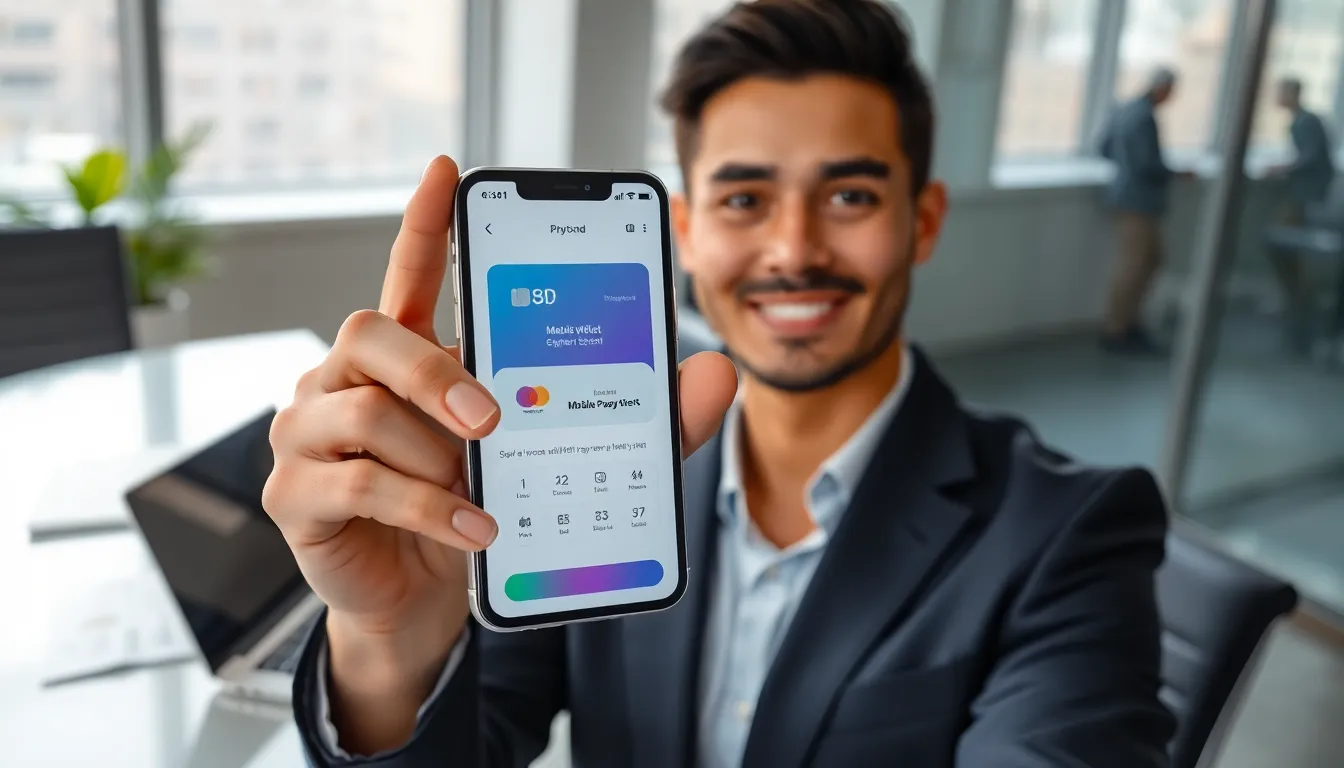In a world where smartphones have become lifelines, the dreaded low-battery warning feels like a personal attack. Imagine this: you’re about to snap the perfect selfie or send that all-important email, and your phone decides to play dead. It’s like your device is saying, “I’ve had enough of your shenanigans!”
Table of Contents
ToggleUnderstanding Mobile Battery Life
Mobile battery life represents the duration a smartphone can operate before requiring a recharge. Knowing this allows users to better manage device usage throughout the day.
What Is Mobile Battery Life?
Mobile battery life defines how long a smartphone maintains its power during usage. Users can measure it in hours, indicating how long specific tasks, like browsing or gaming, can continue before the battery depletes. Smartphone batteries typically range from 2500mAh to over 5000mAh, impacting overall longevity. A higher mAh rating usually leads to extended usage, reflecting battery efficiency. Understanding these metrics helps users choose devices that best meet their daily needs.
Importance of Mobile Battery Life
Mobile battery life directly influences user experience, dictating how individuals interact with their devices. A longer battery life enables continuous communication and access to essential apps. Frequent low-battery warnings often lead to disruptions, causing anxiety during critical tasks such as video calls or navigation. Users can prioritize devices with superior battery performance to ensure reliability during important moments. In today’s fast-paced environment, maintaining a charged phone enhances productivity and reduces stress.
Factors Affecting Mobile Battery Life
Several elements influence mobile battery life significantly. Understanding these factors helps users manage their device usage more effectively.
Screen Brightness and Display Settings
Screen brightness plays a crucial role in battery consumption. Higher brightness levels drain battery faster than lower settings. Automatic brightness adjustments help maintain an optimal balance. Display settings, such as resolution and refresh rate, also impact battery life. Reducing resolution can enhance longevity while saving energy. Users should consider using dark mode, as it consumes less power on OLED screens.
Background App Activity
Background app activity often consumes excessive battery life. Applications running in the background frequently utilize data and processing power. Limiting background activities can lead to significant battery savings. Users can disable background app refresh or restrict location services for specific apps. Regularly closing unused apps will also help preserve energy and extend battery duration.
Connectivity Options
Connectivity options greatly affect battery performance. Wi-Fi, Bluetooth, and mobile data use different amounts of power. Keeping Wi-Fi on generally consumes less battery than using mobile data. Disabling Bluetooth when not needed prevents unnecessary energy consumption. Airplane mode conserves battery during long periods without signal, making it a useful feature in low-coverage areas. Adjusting connectivity settings according to usage can prolong battery life effectively.
Tips for Improving Mobile Battery Life
Improving mobile battery life enhances daily smartphone usage. Implementing simple strategies can lead to significant energy savings.
Optimize Settings
Adjusting device settings proves essential for maximizing battery performance. Lowering screen brightness reduces power consumption. Enabling automatic brightness adapts settings based on ambient light, saving energy efficiently. Turning off features like live wallpapers further conserves electricity. Users can also disable location services when not in use to minimize unnecessary battery drain. Reducing the time for screen timeout settings helps keep the display off longer when inactive.
Use Power-Saving Modes
Activating power-saving modes significantly extends battery longevity. Most smartphones include built-in features that optimize performance by limiting background data and reducing visual effects. Engaging these modes often results in reduced processing power, allowing for prolonged device usability. Users can find these options in their settings menu, making them easily accessible. Switching to power-saving modes during crucial moments prevents disruptions caused by low battery notifications.
Manage Apps Wisely
Managing apps strategically contributes to better battery life. Closing unused applications reduces background activity that drains power. Users should regularly review which apps consume the most battery life, utilizing built-in battery usage statistics. Disabling background app refresh for less critical apps conserves energy when not in active use. Configuring notifications for essential apps only ensures minimal power expenditure, keeping the device ready for immediate needs.
Common Myths About Mobile Battery Life
Understanding misconceptions about mobile battery life helps users make better decisions regarding their devices. Many beliefs circulate around charging habits and battery lifespan, creating confusion.
Charging Habits Misconceptions
Charging overnight does not harm modern smartphone batteries. Devices use integrated circuits to manage battery health efficiently. Another misconception lies in the need to drain batteries completely before recharging. Partial charging is acceptable and often beneficial. Users can frequently recharge their devices without causing significant wear. Additionally, using non-branded chargers is often regarded as detrimental; however, certified chargers ensure safe power delivery. Using the right accessories can keep batteries in optimal condition.
Battery Lifespan Myths
Battery lifespan is often misunderstood. Users commonly believe that all batteries last the same time, but lithium-ion batteries can vary widely. Factors such as use patterns and device settings play crucial roles in longevity. Another myth suggests that carrying devices in hot environments only poses minor risks; however, excessive heat can cause serious damage. Following best practices extends battery life. Users often think that battery life improves with age, but batteries degrade over time. Regular monitoring and proactive management ensure optimal performance throughout their lifespan.
Mobile battery life is a crucial aspect of smartphone usability that impacts daily productivity and communication. By understanding the factors that influence battery performance and implementing practical tips, users can significantly enhance their device’s longevity. Prioritizing settings adjustments and managing app usage can lead to a more efficient experience, reducing the stress of low battery warnings.
It’s essential to stay informed about battery health and dispel common myths that may hinder proper care. With a proactive approach, users can ensure their devices remain reliable companions, ready to support their needs throughout the day. Embracing these strategies will not only improve battery life but also contribute to a smoother overall smartphone experience.





